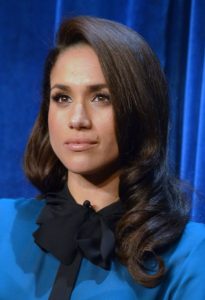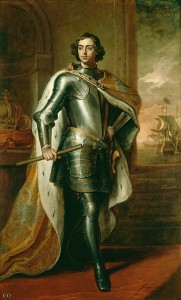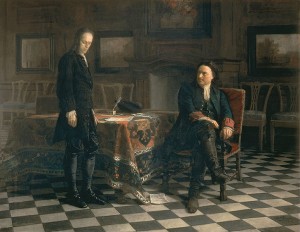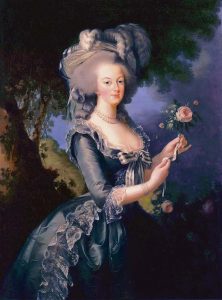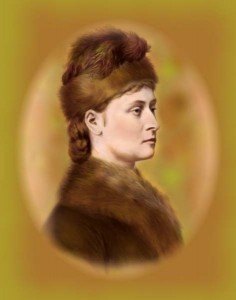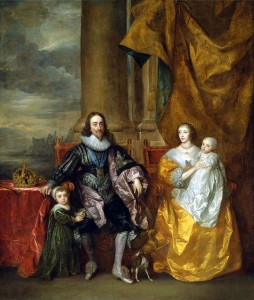
My photo in the University of Toronto School of Continuing Studies 2015-2016 course calendar
Registration is now open for the three eight week courses that I will be teaching during the 2015-2016 academic year at the University of Toronto School of Continuing Studies. There are no prerequisites for arts courses at the School and everyone is welcome to enroll. Here are the course descriptions:
Fall 2015: Magna Carta and the Making of the Modern World
The year 2015 marks the 800th anniversary of the Magna Carta, the landmark charter that placed limits on the power of the English king. Neither the king nor his rebel baron opponents necessarily expected its terms to be respected for long. But some of the Magna Carta’s principles – like the right to trial by peers and due process – have become basic to common law. The charter influenced the creation of Parliament and the concept of equality before the law. Later interpretations informed the American and French Revolutions, Canada’s Confederation and the UN Universal Declaration of Human Rights. The 800th anniversary is being celebrated around the world (a surviving copy of the Magna Carta will be exhibited across Canada). Join Carolyn Harris, author of Magna Carta and Its Gifts to Canada: Democracy, Law, and Human Rights, and discover the enduring impact of this document on the modern world. Click here to register!
Winter 2016: Artists and Their Royal Patrons
For centuries, artists sought out royal patrons to advance their careers. European monarchs were eager to fill their courts with artists to demonstrate their own acumen and prestige. Through lectures, images and discussions, Carolyn Harris will lead you through a lively exploration of the relations between great artists and their royal patrons. These include Hans Holbein and Henry VIII, Leonardo da Vinci and François I, Anthony van Dyck and Charles I, Peter Paul Rubens and Marie de Medici, and Élisabeth Vigée-LeBrun and Marie Antoinette. We will look at Catherine the Great, who helped found the Hermitage Museum, and Queen Elizabeth II, who is appreciated as a “curator monarch” for her part in opening the British Royal Collection to the public. You’ll learn more about the collaboration and tension between royalty and artists that produced some of Europe’s most famous works of art and established collections now featured in great museums around the world. Click here to Register!
Spring 2016: Imperial Spain
Ferdinand and Isabella transformed a united Spain into a world power, sponsoring Columbus’ voyages to the Americas and forming alliances with other European kingdoms. This new Imperial Spain had a dark side: the rise of the Inquisition, the expulsion of Spain’s Jewish population and the exploitation of the native peoples in the colonies. Gold and silver from the Americas made Spain’s rulers the richest in Europe until its Golden Age came to an end with the wars of the 18th century. Join Carolyn Harris and learn about the rise and fall of Imperial Spain and its lessons for politics and international relations today. Click here to Register!
